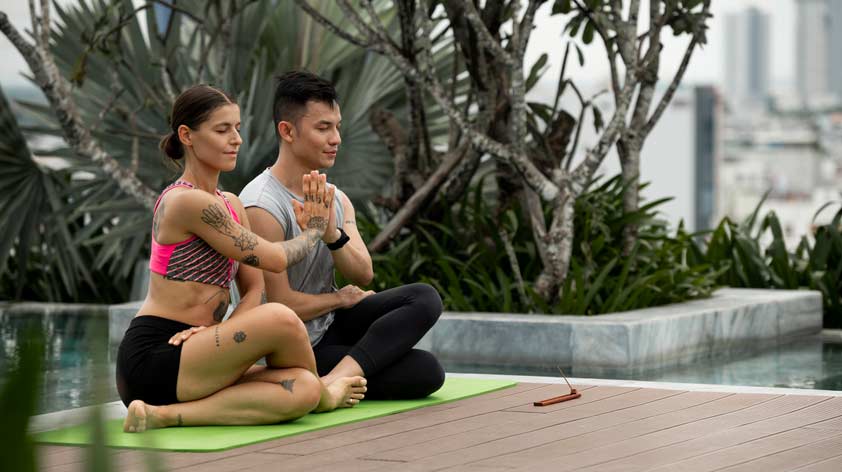
Our surroundings play a huge role in how we think, feel and function each day. The design of our homes and work environments can either confine us or give us a sense of freedom and clarity.
Both indoors and outdoors open spaces have the power to shape our mindset in ways that promote calm, creativity and well-being. When we allow light, air and movement to flow freely through our environments, we open the door to better mental health and a more positive outlook on life.
The Psychology of Space and Freedom
Research in environmental psychology suggests that cluttered, enclosed environments can increase stress and reduce focus. In contrast, open-plan layouts and wide, airy spaces create a sense of expansion and mental clarity.
The feeling of spaciousness helps our brains process information more efficiently, allowing us to feel lighter and more relaxed.
When we remove unnecessary barriers (both physical and visual), we invite the kind of freedom that helps the mind unwind. Even something as simple as rearranging furniture to create a clearer flow can make a space feel more uplifting.
Connecting Indoors and Outdoors
One of the most effective ways to enhance openness at home is to blur the line between indoor and outdoor living. Natural light, fresh air and green views are proven mood boosters, helping reduce anxiety and increase focus.
By incorporating designs that allow these natural elements to flow inside, homeowners can cultivate a constant connection with nature’s rhythm.
Modern architectural solutions like folding glass walls and open transitional doors, such as those available from slideandfold.co.uk, make this balance effortless.
These designs encourage movement, improve ventilation and create a seamless transition from home interiors to gardens or patios, allowing every moment indoors to feel expansive and energising.
Encouraging Social Connection and Flow
Open spaces also nurture human connection. When walls and partitions come down, conversations become easier, collaboration increases, and the sense of community grows stronger.
In workplaces, open layouts have been shown to enhance teamwork and spontaneous idea-sharing. Whether cooking, relaxing or playing, at home, they bring families closer together, making shared moments more natural and fulfilling.
The concept of flow is key here. When energy and movement aren’t obstructed by unnecessary barriers, our environments feel harmonious and balanced. This ease of movement mirrors how we want our minds to operate: free-flowing, creative and unburdened.
The Mental Health Benefits of Breathing Space
Living or working in open, light-filled areas can have measurable effects on well-being. Exposure to daylight regulates circadian rhythms, improving sleep and energy levels.
Spacious environments reduce feelings of confinement, offering a sense of freedom and control that supports resilience and mindfulness. Even small adjustments, like expanding a doorway or clearing visual clutter, can create noticeable changes in mood and focus.
Moreover, open spaces invite mindfulness by encouraging us to slow down and notice our surroundings. This sense of presence and awareness can become a daily reminder to breathe, reset and prioritise mental clarity.
Designing for Mental Wellness
Creating openness is as much about intention as it is about design. By prioritising natural light, flexible layouts and physical flow, we design spaces that reflect our need for balance and freedom.
Whether through architectural elements like folding glass systems or simple decluttering habits, the goal remains the same: to foster an environment that supports a healthier, more grounded mindset.
Open spaces remind us that our well-being often begins at home. The more room we create around us, the more space we allow within ourselves for peace, creativity and growth.









